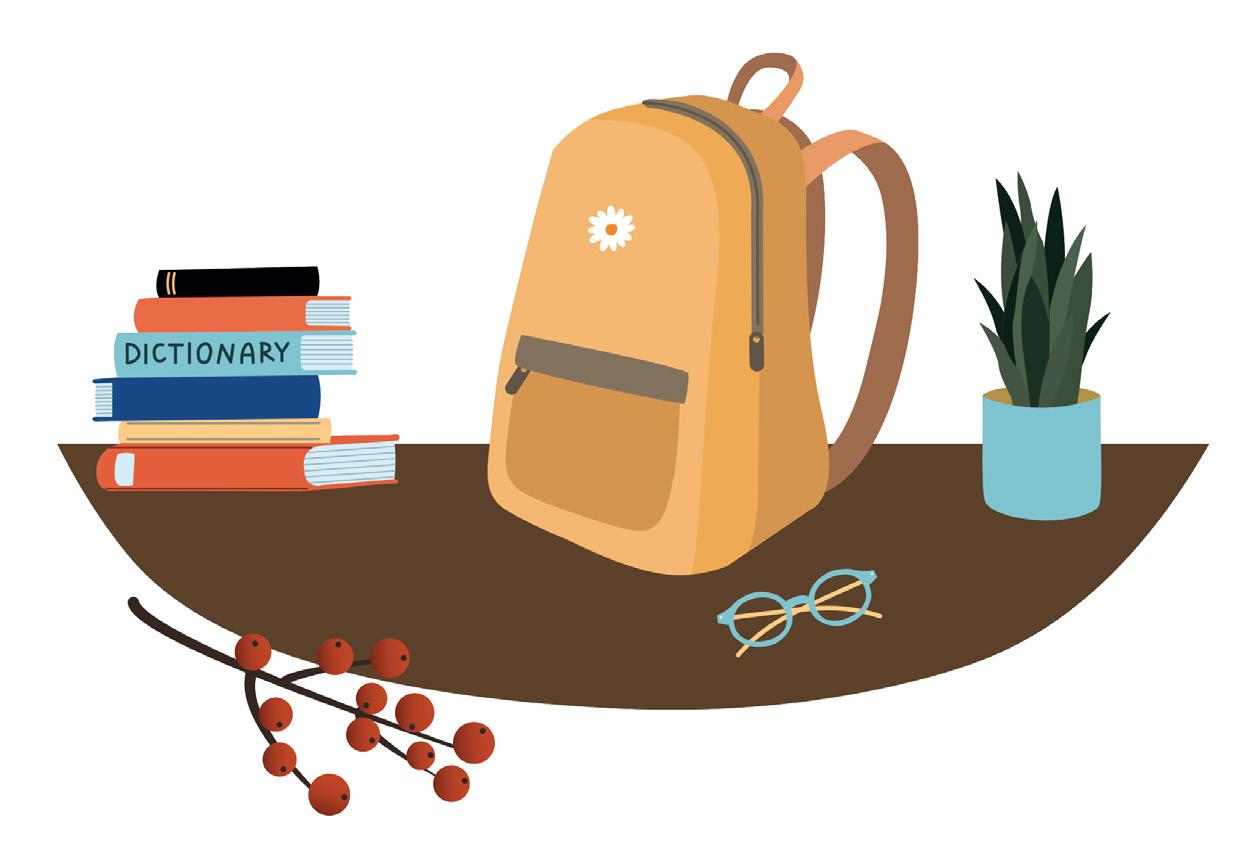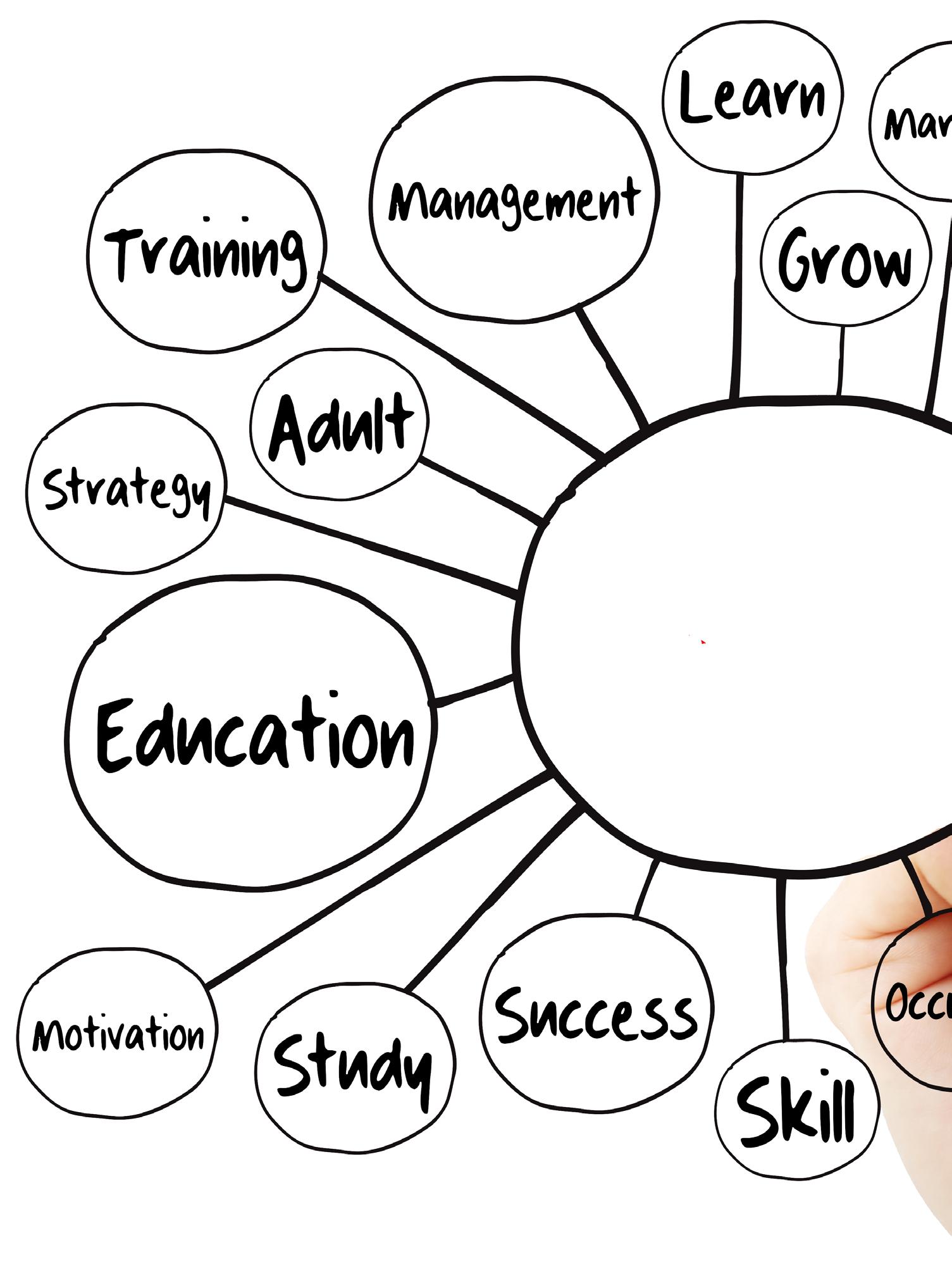20
b e t t e r s chools | SP R I N G 2 0 2 1
State Department of Education Blended Learning Resources By Dr. Aaron Espolt, State Department of Education
Maya Angelou once said, “Do the best you can until you know better. Then when you know better, do better.” Oklahoma school administrators pride themselves for always doing the best they can, but they were tested this past year. School leaders have been trying to maintain a high level of excellence under extreme circumstances that no one could have imagined. But the pandemic hasn’t just brought on challenges and hardships. We have also learned new skills, challenged previous mindsets, and developed a knowledge base greater than ever before. Now heading into the next school year, our mission is to take our knowledge, skills and mindsets and apply them to create more innovative and attentive school systems by providing expanded opportunities aimed at meeting the diverse needs of our students and staff. That’s why the Oklahoma State Department of Education (OSDE) developed A Blueprint for Successful Virtual/ Blended Learning Environments. Due to the urgency and uncertainty of the pandemic, almost every district now has the experience of offering a virtual or blended program. Today, coming out of the pandemic, we need to follow Ms. Angelou’s advice more than ever. Since we
know better, we must do better. OSDE worked with our Region 13 Comprehensive Center, WestEd, and took the available research and best practices from across the nation and compiled them all in one place, the blueprint. CCOSA was also very supportive of this work and collaborated with us from the beginning sharing their knowledge gained from the CCOSA Blended Learning Framework to develop a unified approach of support we offer districts. We at OSDE understand that many district leaders do not have the time or capacity to comb through countless research articles or specialize only in the area of virtual/blended learning,
so we did it for you. A Blueprint for Successful Virtual/Blended Learning Environments is broken down into seven areas of focus: Equity, Positive Relationships, Climate and Culture, Instruction, Instructional Materials, Professional Learning, and Leadership. These focus areas were chosen not only because they set the foundational building blocks of a strong program, but also because they were the areas where the greatest amount of growth needs to occur. The aim of the blueprint is to give a 10,000 foot view of the necessary conditions that allow for a high-quality experience for students and staff within a virtual/blended learning environment, while still allowing


















